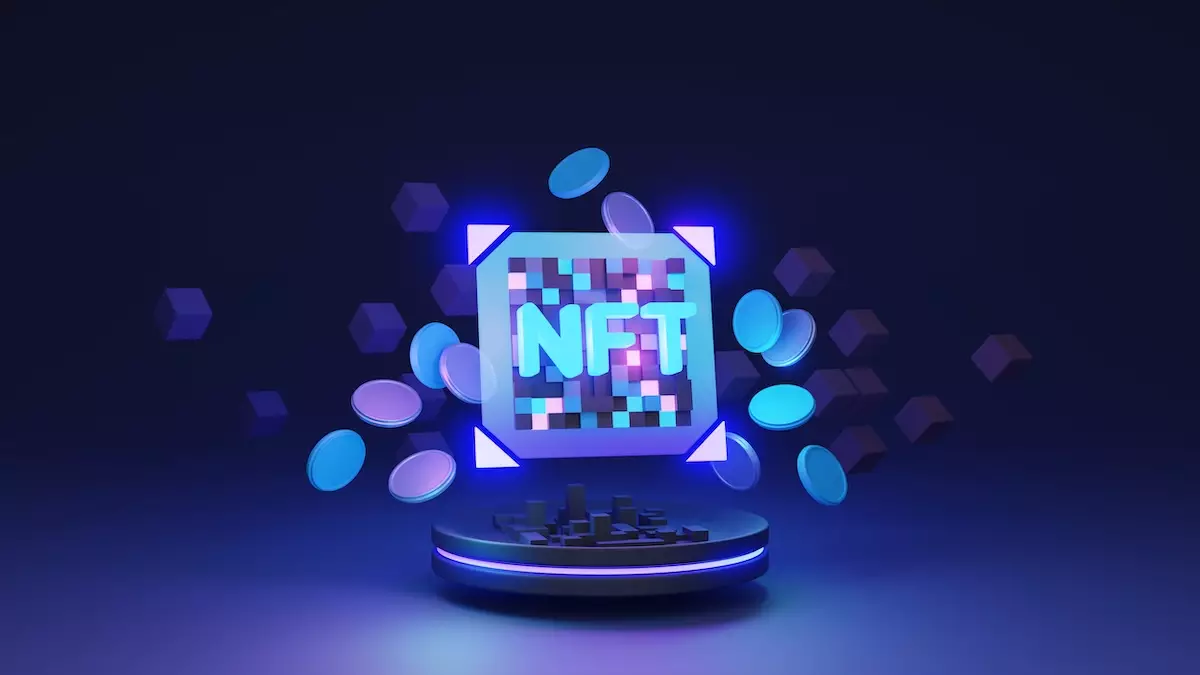The world of Non-Fungible Tokens (NFTs) has experienced a meteoric rise in recent years. Initially a niche aspect of the blockchain ecosystem, NFTs have now burgeoned into a massive marketplace encompassing digital art, virtual collectibles, and even digital real estate. With sales reaching astronomical heights for select assets, the market remains rife with volatility, with valuations fluctuating wildly and several projects disappearing relatively quickly. Amidst this unpredictability, creators and investors increasingly turn to predictive analytics in an attempt to ascertain future trends in NFT valuations. But can artificial intelligence (AI) genuinely forecast which NFTs will succeed or fail?
Predictive analytics involves utilizing historical data and sophisticated algorithms to uncover patterns and predict future outcomes. In the context of NFTs, this means analyzing a plethora of data, including past sales figures, social media interactions, and general market sentiment, to get a sense of how future NFT projects or categories might perform. As interest in the ecosystem grows, understanding pricing dynamics has become critical. For creators aiming to price their work appropriately, and for investors searching for undervalued assets, having access to accurate analytics means the difference between financial success and failure.
At its core, predictive analytics relies on several essential components, including data collection, model selection, feature engineering, and the discernment of correlation versus causation. Notably, the amalgamation of these components enables analysts to paint a clearer picture of market movements. Information from a wide range of sources—including NFT transaction records and social media interactions—cultivates a comprehensive dataset from which predictive models can learn.
As the NFT landscape continues to attract not just enthusiasts but also venture capitalists and large enterprises, understanding the factors driving pricing becomes more vital. While some individuals view digital collectibles as mere novelty, others regard them as the groundwork for the emerging era of Web3. This dichotomy makes it essential to analyze patterns that influence value. For instance, reputable creators and recognizable brands often command higher valuations due to pre-existing trust in their work; thus, monitoring social media mentions and past performance data becomes paramount. Investors will likely benefit from understanding these dynamics, using AI tools to monitor fluctuations and social sentiment that can significantly sway the market.
AI can effectively assess both quantitative and qualitative elements of the market. Sentiment analysis tools deployed on platforms like Twitter and Discord can evaluate the broader community sentiment surrounding particular NFT projects. The data gleaned from these analyses can reveal cycles of hype or decline, helping stakeholders make informed decisions when entering or exiting investments.
NFTs do not exist in a vacuum—the broader cryptocurrency landscape influences their trading and valuations as well. For example, fluctuations in gas fees or shifts in the overall sentiment towards major cryptocurrencies like Bitcoin and Ethereum can create a trickle-down effect within the NFT market. During bullish trends, new investors often explore NFTs, leading to heightened interest and possibly inflated prices. Conversely, negative sentiment in the crypto space can deter potential buyers from engaging with NFTs altogether.
Utilizing time series models helps in predicting fluctuations in an NFT’s price or trading volume. Machine learning techniques, including linear regression and deep learning, can analyze several features such as trading volume, social media engagements, and existing sentiment to produce price predictions. However, it’s crucial to acknowledge that the efficacy of these models is often contingent on the quality and volume of data being aggregated.
Despite sophisticated models and extensive datasets, predictive analytics in NFTs is not devoid of challenges. One major issue is the potential for “wash trading,” where individuals artificially inflate an NFT’s perceived market activity to create an illusion of demand. Such manipulations can render on-chain data inaccurate, leading to faulty predictions. Additionally, the NFT market is characterized by rapid fluctuations influenced by unpredictable factors such as viral content or meme culture, which traditional models might struggle to integrate into their calculations.
Moreover, emphasizing quantitative analysis can obscure non-tangible elements that shape value in the NFT space—such as community engagement, creative merit, and cultural significance. The nuanced attributes of NFT projects often defy quantification, thus creating a divide between cold data and the vibrant, often chaotic world of online collectors.
Looking ahead, the NFT market is anticipated to mature, shifting from mere speculation towards more integral roles—like gaming assets or membership tokens. As this evolution occurs, predictive analytic tools will become increasingly adept at interpreting shifts in market conditions. Institutional investors, eyeing opportunities within the NFT space, will likely adopt similar data-driven frameworks found in traditional finance, contributing to more robust and reliable predictive systems.
While AI and predictive analytics offer tools for discerning potential trends and patterns within the NFT market, they are not infallible. The intertwining nature of creativity, community, and viral phenomena complicates any attempt to reduce the NFT landscape to simple algorithms. Balancing data-driven insights with human intuition will be crucial for artists and investors alike, positioning them for success as NFTs transition away from speculative assets to recognized forms of value within various industries.


Leave a Reply